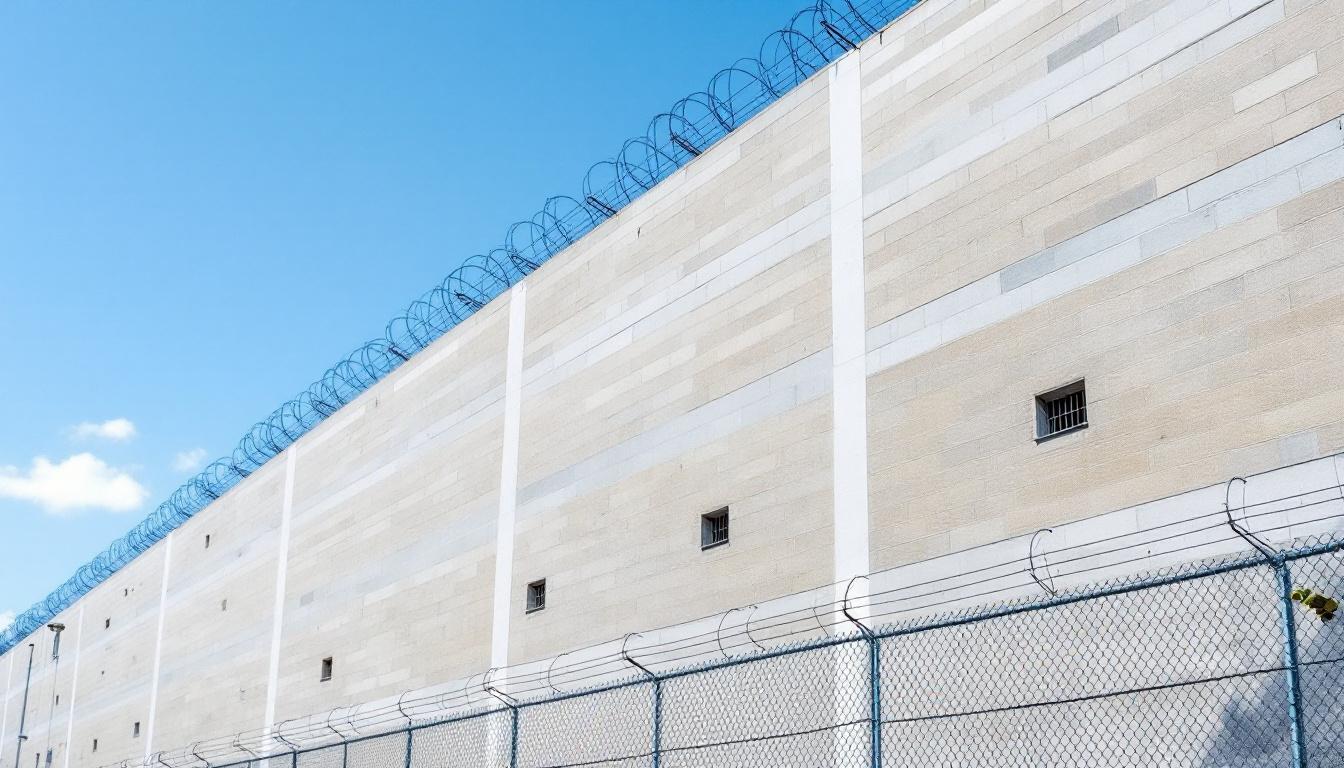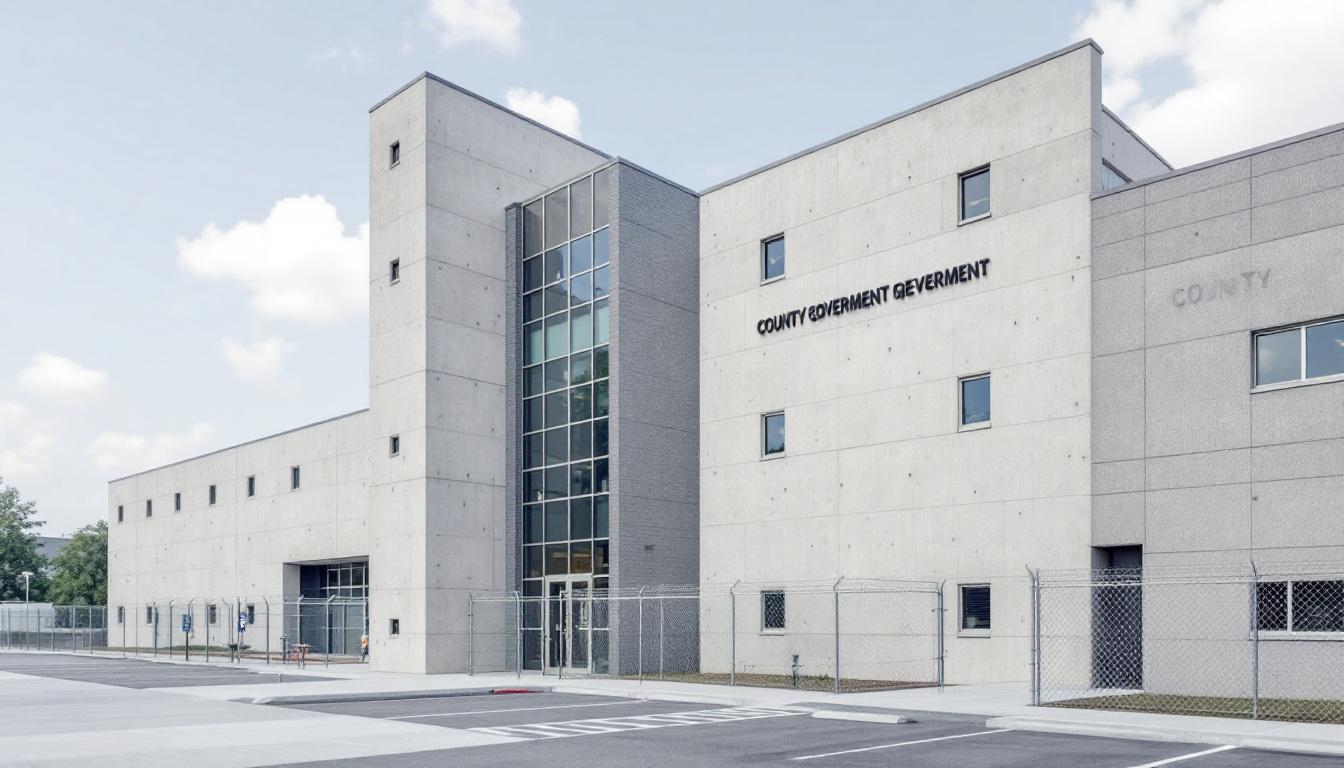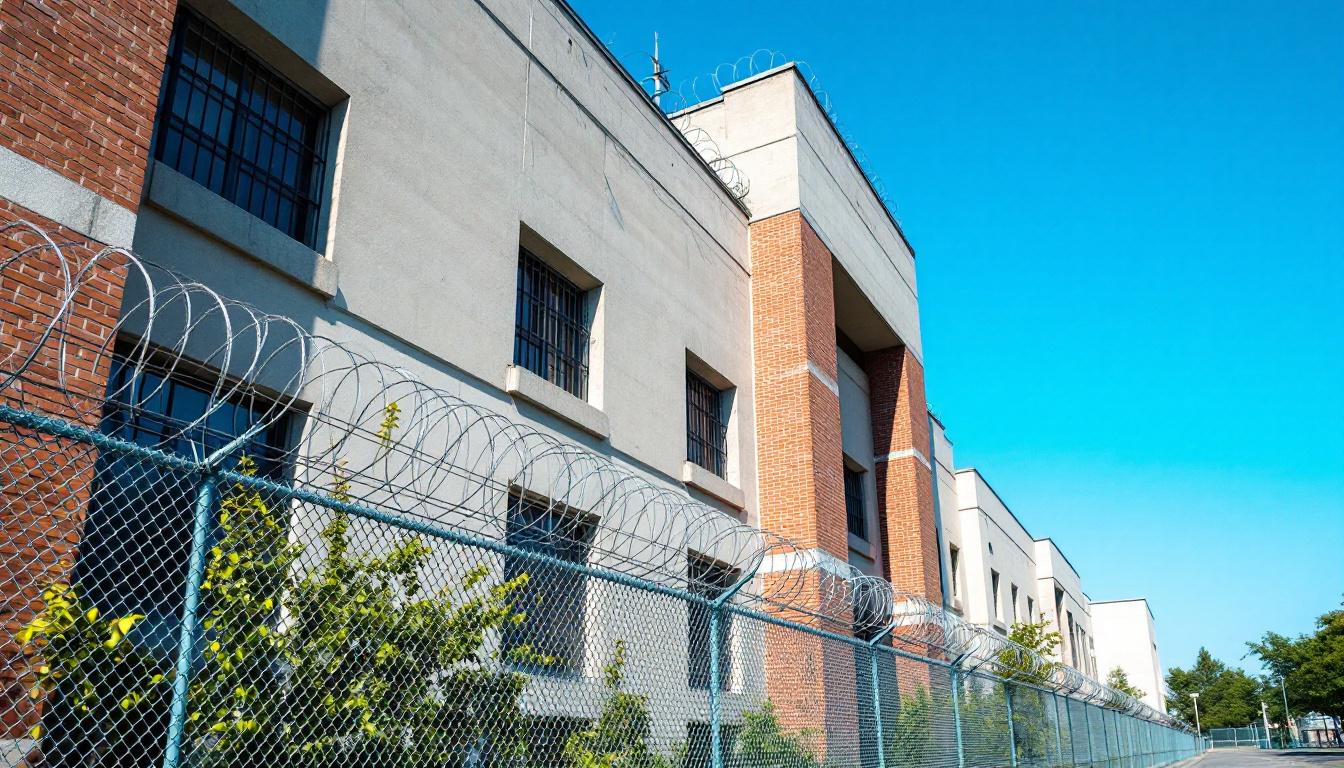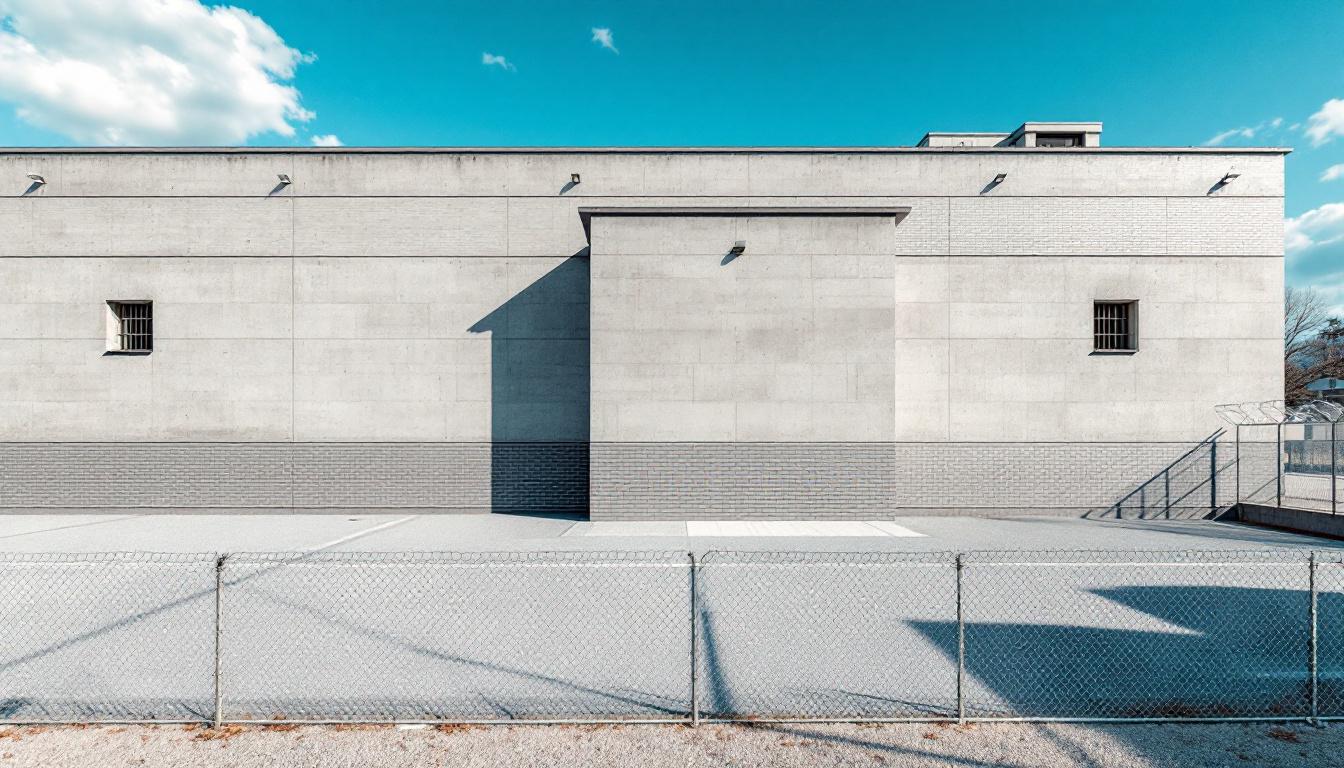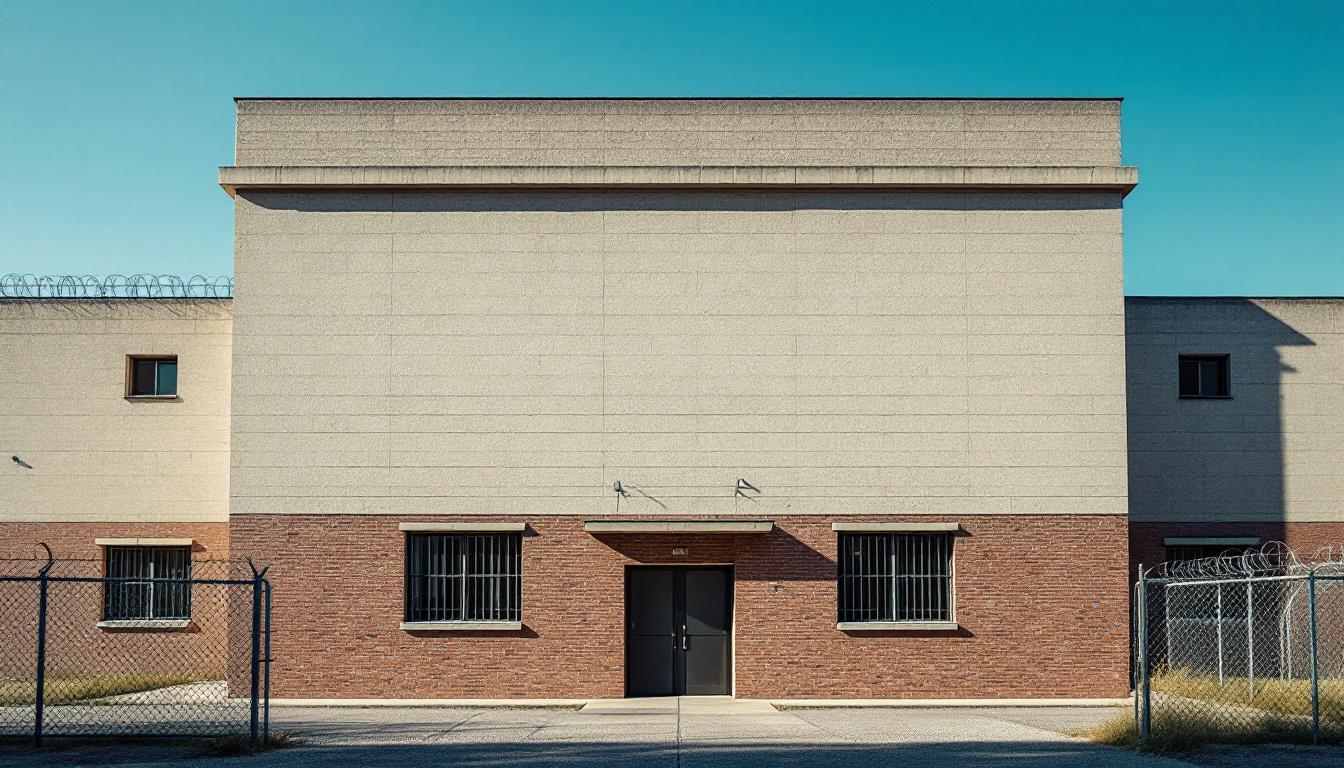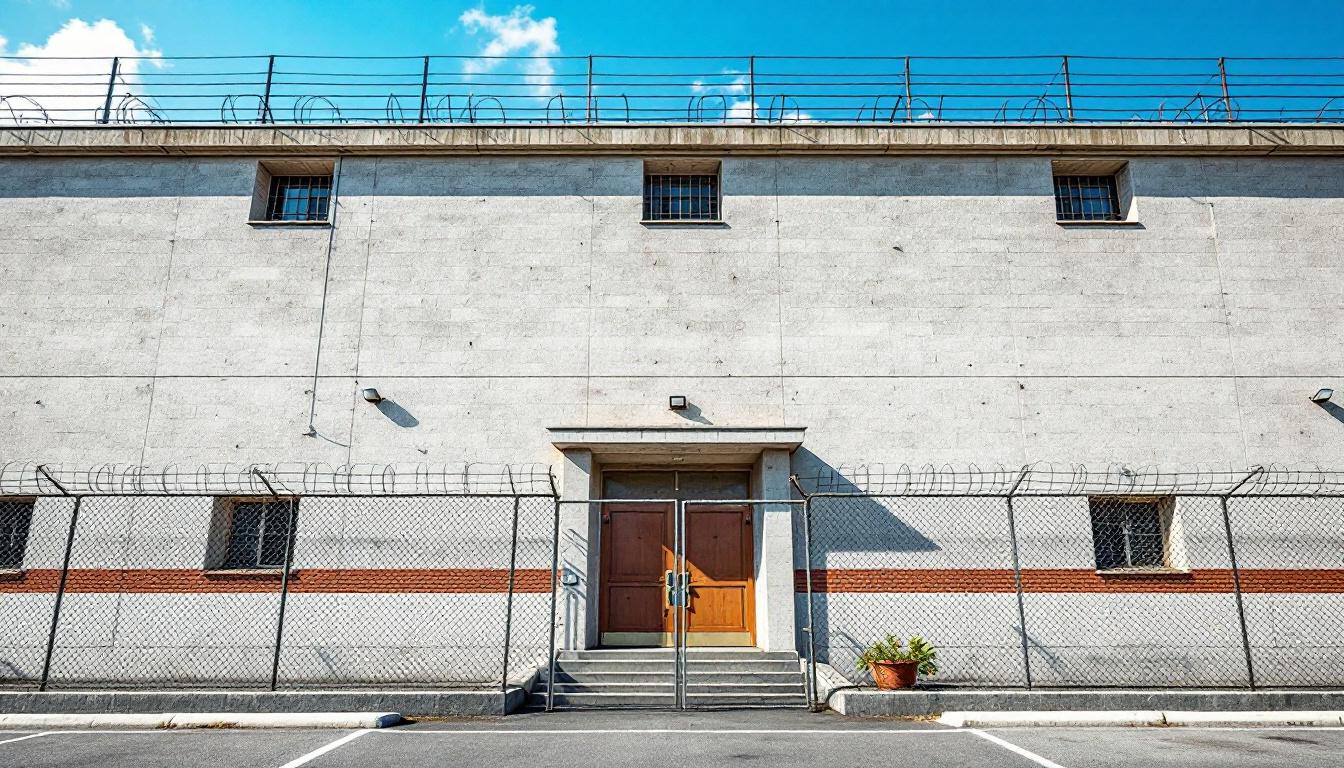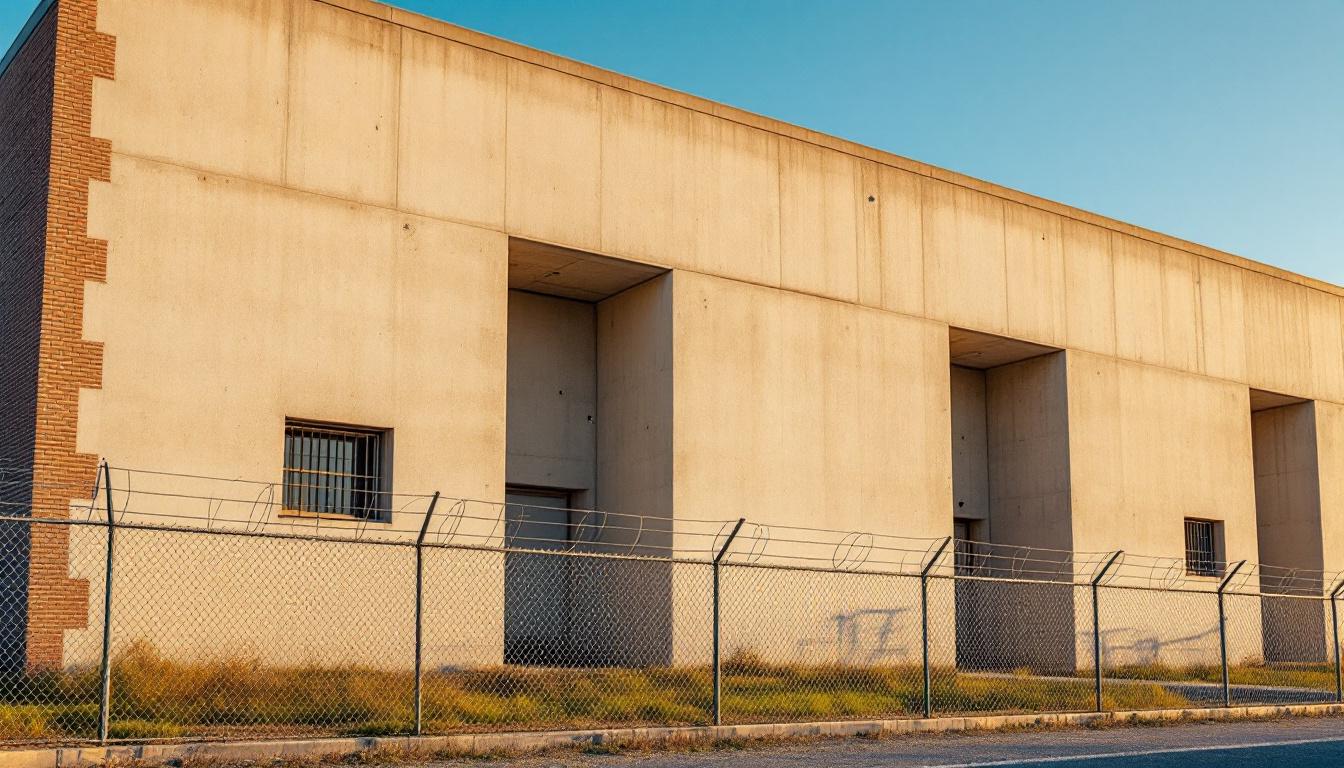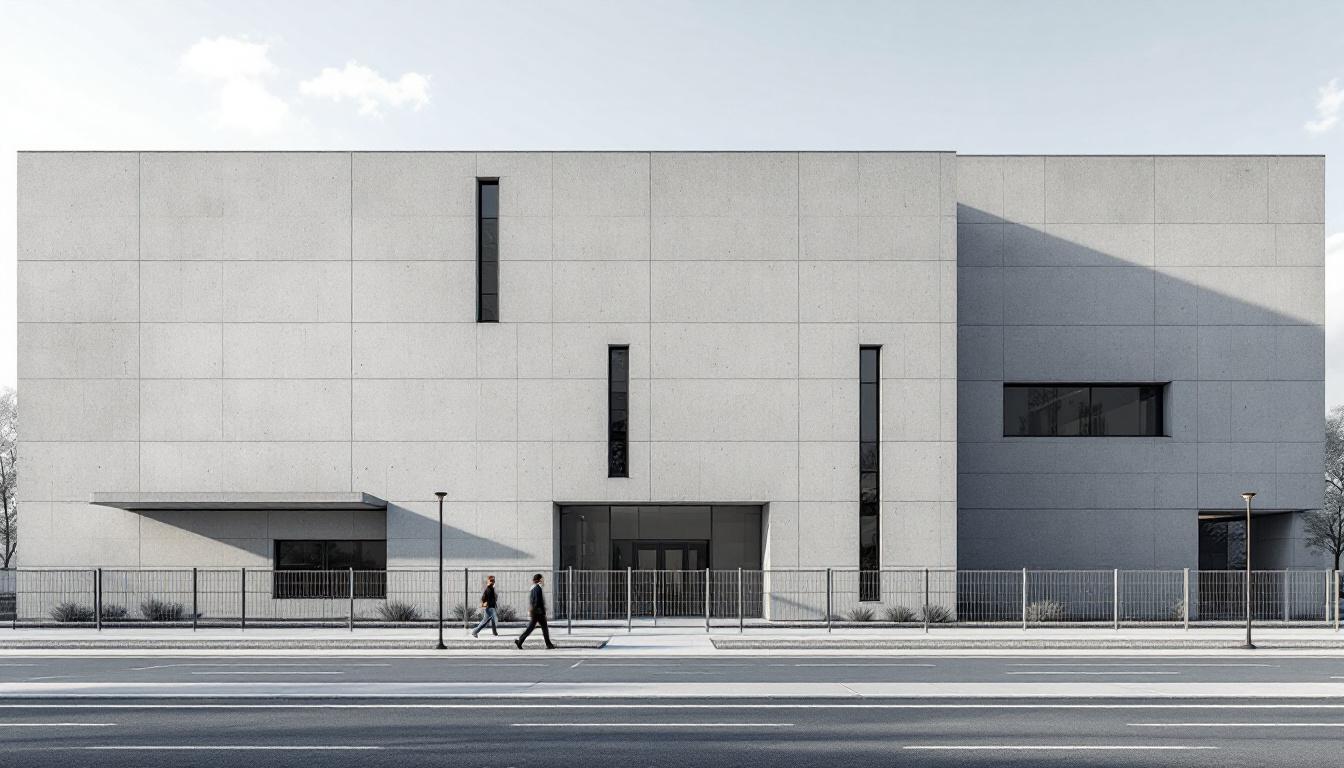
Quick Navigation
How to contact an inmate at Navarro County Jail
This comprehensive guide will walk you through how to connect with an inmate at Navarro County Jail. Follow the steps below to find an inmate and send letters and photos:
- Search for the inmate using our search tool below
- Create your account or log in to Penmate
- Write your message (up to 6,000 characters)
- Send instantly - inmates receive printed copies daily
Find an Inmate
Search for an inmate to start communicating today
Tip: You can search by first name, last name, or inmate ID number
To contact a person at Navarro County Jail start by searching for the person on the official facility website. Perform a search by following these steps:
- Step 1: Enter their first name and last name into the search form and click "Search"
- Step 2: Locate their inmate record
- Step 3: Write down their Inmate ID and any housing information provided
Important! Be sure to enter the person's full name. Nicknames should not be used.
How to Send Messages to Inmates

You can use your phone or computer to send emails, letters, and photos to an inmate. Messages are sent electronically to inmate tablets or kiosks at the facility. If you would like to send a message, start by searching for an inmate at Navarro County Jail.
Sending Photos and Postcards

A great way to send love and support to a loved one at Navarro County Jail is to send photos and postcards. It only takes a few minutes to send photos from your phone and it makes a huge difference. You can also mail postcards with words of support and inspiration, or design your own postcard for special moments like birthdays and holidays.
Important! Be sure not to send any explicit photos or they may not be approved by the facility. You can also use a photo printing app like Penmate to make sure your photos are printed at the correct size (4x6 or 3x5) and are mailed according to the rules and regulations of Navarro County Jail.
Frequently asked questions about Navarro County Jail
-
How long does it take to deliver a message?
If you're sending an email message your letter is usually delivered within 24-48 hours. For messages sent via mail you should expect delivery within 3-7 days. All messages will need be approved by Navarro County Jail.
-
How much does it cost to send a message to Navarro County Jail?
You can send a message free using your phone or mail a message via USPS for the price of a $0.60 stamp and envelope. You can also purchase credits or e-stamps from services starting at $1.99.
-
What services can I use to contact an inmate at Navarro County Jail?
Penmate
You can use Penmate to send letters and photos to an inmate from your phone. It's an easy way to stay in touch during your loved one's incarceration. Use the inmate locator to find an inmate's location and contact information, then you can send messages within a few minutes.
Securus messaging
Securus may be another option for communicating with an inmate at Navarro County Jail. You can create a friends and family account and purchase credits to send messages. All messages will be reviewed and must be approved by the facility.
JPay
Some county jails and state prisons may support sending messages with JPay. You must register an account with the system, find your loved one, and purchase stamps to send messages. For some locations you can also attach photos.
Smart Jail Mail
You may also check if Smart Jail Mail is available at Navarro County Jail. Smart Jail Mail is operated by Smart Communications and has contracted with some state and county jails. After purchasing credits, your messages and photos are sent to the facility, printed out, and then handed out to your loved one.
-
What is the mailing address of Navarro County Jail?
Mailing address:
Navarro County Jail
300 W 2nd Ave
Corsicana, TX 75110
Phone: (903) 654-3012Business hours:
- Monday: 8:00 AM – 5:00 PM
- Tuesday: 8:00 AM – 5:00 PM
- Wednesday: 8:00 AM – 5:00 PM
- Thursday: 8:00 AM – 5:00 PM
- Friday: 8:00 AM – 5:00 PM
- Saturday: Closed
- Sunday: Closed
-
What are the visiting hours at Navarro County Jail?
Visiting hours at Navarro County Jail vary by housing unit and security level. Generally, visits are scheduled on weekends and holidays, with some facilities offering weekday visits. Contact the facility directly at (903) 654-3012 or check their website for the current visiting schedule. Visits typically last 30-60 minutes and must be scheduled in advance.
-
What items are prohibited when sending mail to Navarro County Jail?
Prohibited items typically include: cash, personal checks, stamps, stickers, glitter, glue, tape, staples, paperclips, polaroid photos, musical or blank greeting cards, hardcover books, magazines with staples, and any items containing metal or electronics. Only send letters on plain white paper with blue or black ink. Photos must be printed on regular photo paper (no Polaroids). Always check with Navarro County Jail for their specific mail policies.
-
How do I send money to an inmate at Navarro County Jail?
You can send money to an inmate at Navarro County Jail through several methods: 1) Online using JPay, Access Corrections, or the facility's approved vendor, 2) Money orders mailed directly to the facility with the inmate's name and ID number, 3) Kiosks located in the facility lobby, or 4) Over the phone using a credit or debit card. Fees vary by method, typically ranging from $2.95 to $11.95 per transaction.
-
Can I schedule a video visit with an inmate at Navarro County Jail?
Many facilities now offer video visitation as an alternative to in-person visits. At Navarro County Jail, video visits may be available through services like Penmate, Securus Video Connect, GTL, or ICSolutions. Video visits typically cost $10-20 for 20-30 minutes and must be scheduled in advance. You'll need a computer or smartphone with a camera and reliable internet connection. Contact the facility for their specific video visitation policies and approved vendors.
-
What identification do I need to visit an inmate at Navarro County Jail?
All visitors must present valid government-issued photo identification such as a driver's license, state ID, passport, or military ID. Minors must be accompanied by a parent or legal guardian who can provide the minor's birth certificate. Some facilities require visitors to be on the inmate's approved visitation list, which may require a background check. Contact Navarro County Jail for specific ID requirements and visitor approval procedures.
-
How can I find out an inmate's release date?
To find an inmate's release date at Navarro County Jail, you can: 1) Use the online inmate search tool if available, 2) Call the facility's records department, 3) Contact the inmate's case manager or counselor, or 4) Have the inmate provide this information during a call or visit. For privacy reasons, some facilities only release this information to immediate family members.
Facility Overview
Official Website
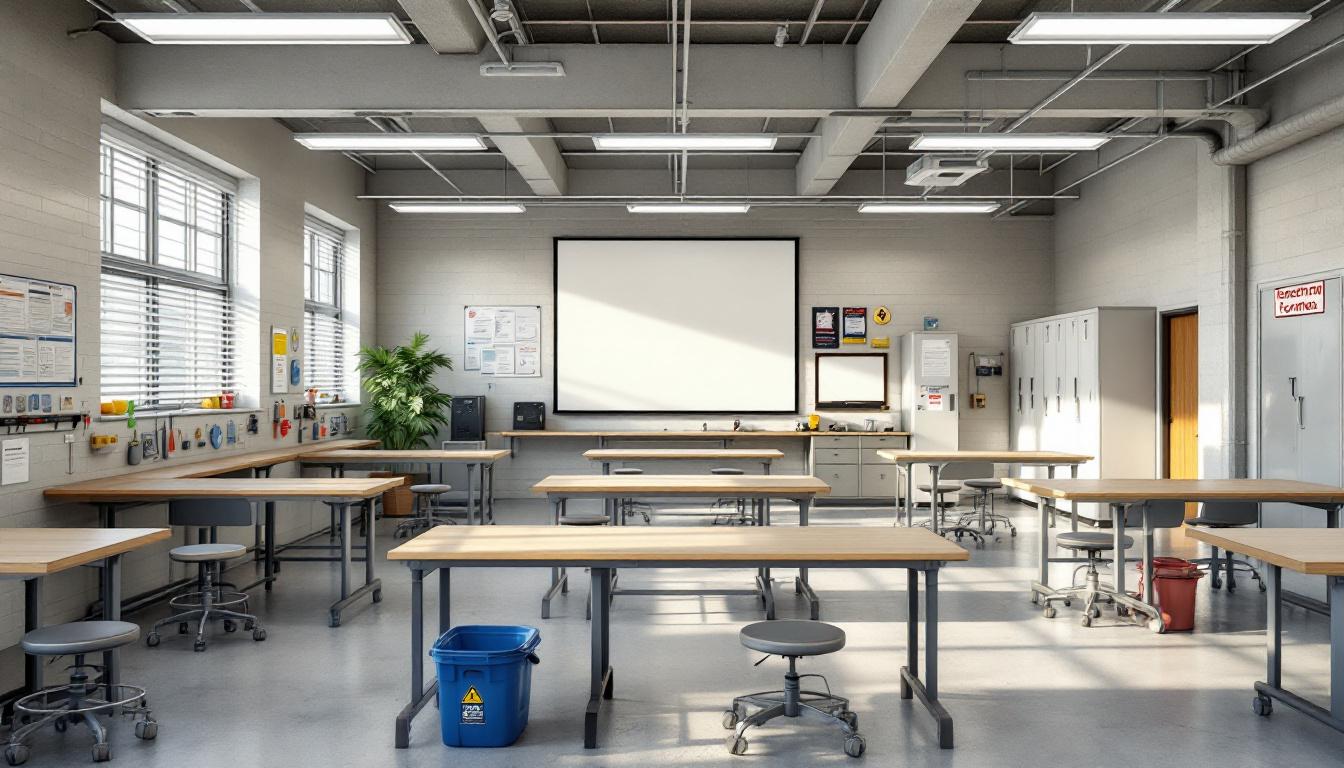
About Navarro County Jail
Located in the heart of Corsicana, Texas, Navarro County Jail serves as a cornerstone correctional facility within the state's broader network of county detention centers. This TX correctional facility operates with a collaborative approach that emphasizes partnerships between correctional staff, community organizations, and support services to address the diverse needs of individuals in custody. The facility's mission centers on maintaining secure operations while fostering opportunities for personal development and community reintegration, recognizing that effective corrections requires coordination between multiple stakeholders working toward shared goals.
Through its residents services framework, the facility typically offers educational programming, substance abuse counseling, and vocational training opportunities designed to support successful transitions back into the Corsicana community. The county jail generally maintains connections with local service providers and faith-based organizations that may assist with various support programs throughout an individual's stay. Mental health services and medical care are typically coordinated through qualified professionals who work to address both immediate and ongoing health needs. This collaborative model reflects the facility's understanding that rehabilitation efforts benefit from comprehensive support systems that extend beyond the correctional environment, ultimately serving both individual participants and the broader Navarro County community through reduced recidivism and enhanced public safety outcomes.
Programs & Services
Rehabilitation-focused initiatives at this Texas facility emphasize skill development and personal growth opportunities for residents. The comprehensive approach typically centers on preparing individuals for successful community reintegration through structured learning and meaningful work experiences. These initiatives often include multiple pathways that address educational gaps while building practical competencies.
Educational initiatives may deliver tutoring programs that help residents complete high school equivalency requirements or improve basic literacy skills. Vocational training opportunities typically focus on marketable skills that can lead to employment upon release. These programs often include hands-on instruction in various trades, allowing residents to develop technical competencies while serving their sentences.
Support services frequently encompass work programs that provide residents with structured daily activities and job experience within the facility. Moreover, faith-based initiatives may offer spiritual guidance and counseling support for those seeking personal reflection and growth. Landscaping programs typically combine outdoor work experience with environmental stewardship, giving residents opportunities to maintain facility grounds while developing practical skills in horticulture and grounds maintenance.
Daily Life & Visitation

Structured schedules at present actively guide every aspect of residential life, with consistent wake-up calls, meal times, and programmed activities that deliver predictability throughout each day. Residents typically follow established routines that include designated periods for meals, recreation, and various facility assignments, creating a framework that helps maintain order and stability. The daily structure generally incorporates time for personal hygiene, cleaning responsibilities, and scheduled programming that may include educational or vocational components.
Moreover, living accommodations typically consist of shared housing units where residents are assigned based on classification levels and security considerations. Meals are generally served at scheduled times in designated dining areas, with residents following established procedures for movement throughout the facility. Personal property allowances usually include basic necessities and approved items that can be purchased through commissary services, whereas recreation opportunities may include access to exercise areas, television viewing, and other approved activities during designated periods.
The facility typically offers various work assignments that allow residents to contribute to daily operations while developing skills and maintaining productive routines. Visitation policies generally provide opportunities for family contact through scheduled visits and phone calls, helping residents maintain important connections with their support systems. Programming schedules often include educational components, life skills training, or other structured activities designed to promote positive engagement and personal development during the period of incarceration.
Ready to Connect?
Start communicating with your loved one today
Search for an Inmate
